The axolotl is a remarkable amphibian native to lakes in Mexico, known not only for its endearing appearance but also for its astonishing ability to regenerate body parts. Unlike humans, axolotls can regrow entire limbs, spinal cord tissue, parts of their heart, and even parts of their brain. This regenerative ability has made them the focus of scientific research for decades, with many researchers hoping that the secrets of axolotl healing could one day help humans regenerate damaged tissues or even lost limbs.
Recent advancements in molecular biology and regenerative medicine are bringing this dream closer to reality. By understanding how axolotls perform this biological feat, scientists hope to apply the knowledge to human health, particularly in areas like wound healing, nerve regeneration, and limb regrowth.
Axolotl Regeneration Explained
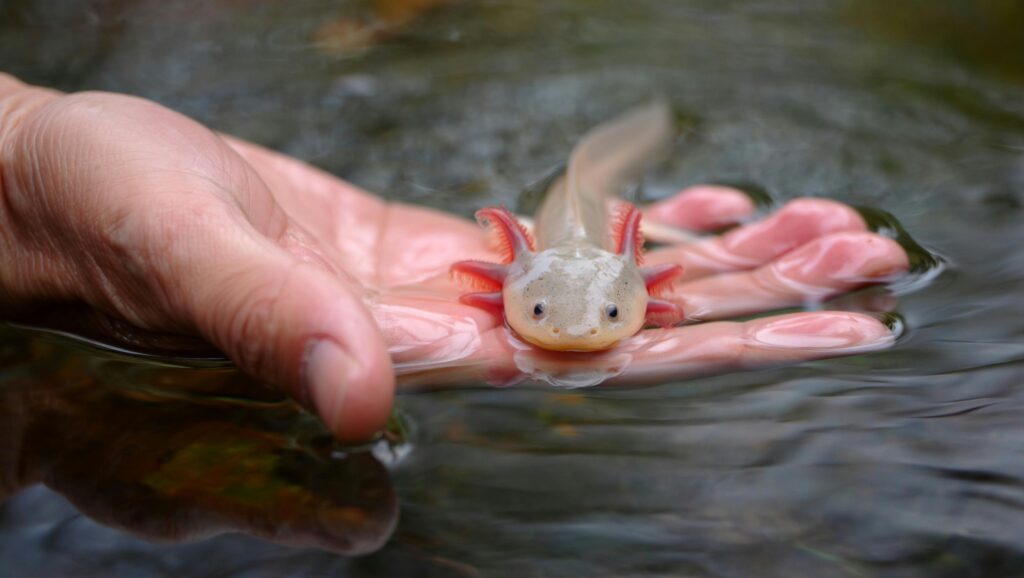
Axolotls can regenerate complex body structures with full functionality and minimal scarring. When an axolotl loses a limb, a remarkable process begins almost immediately. First, the wound closes quickly with a layer of skin cells that protect it from infection. Then, cells in the surrounding tissue de-differentiate, meaning they lose their specialized roles and revert to a stem cell-like state.
These cells form a structure called the blastema, which acts like a biological blueprint for the new limb. Over time, cells in the blastema divide and re-specialize to form muscles, nerves, bones, and skin in the correct arrangement. Within weeks to months, depending on the axolotl’s age and environment, the new limb is fully functional.
The Role of Genes in Axolotl Healing
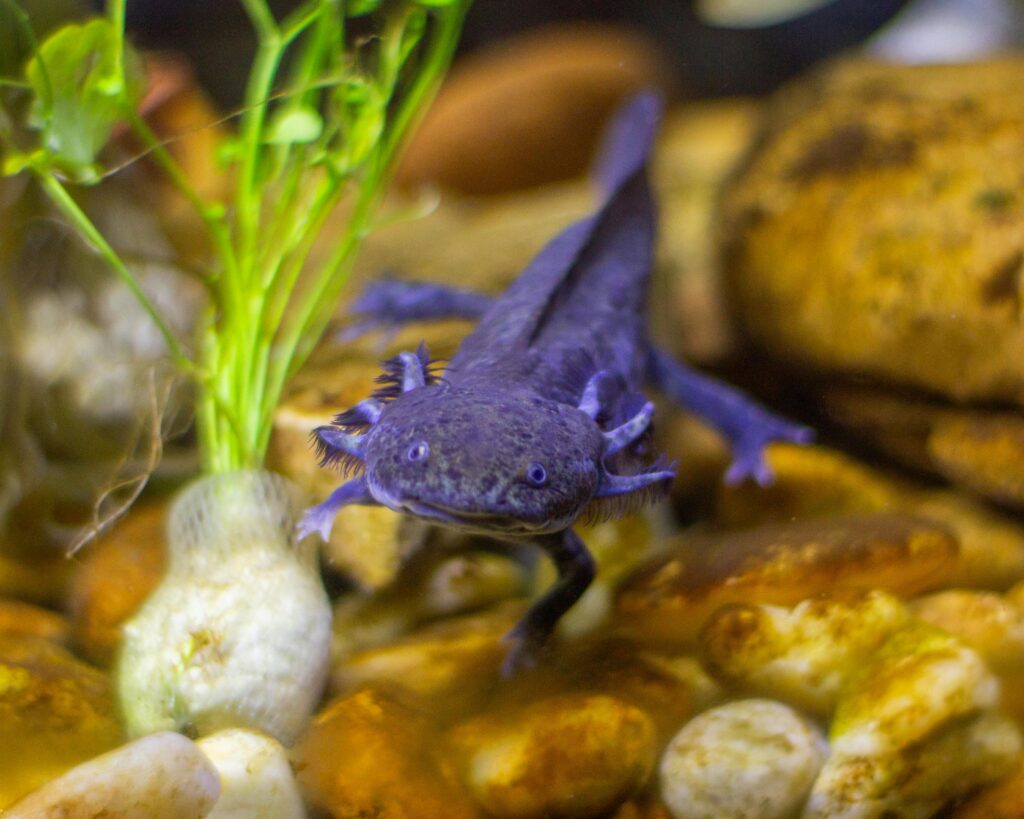
One of the keys to axolotl regeneration lies in its genetic code. Scientists have identified several genes that become active during regeneration and appear to control the process of cell transformation and growth. These include genes associated with early development, such as Pax7 and Sox2, which are known to help maintain stem cell populations.
Researchers have also studied the axolotl’s immune response during regeneration. Unlike humans, who tend to develop scar tissue that inhibits full recovery, axolotls modulate their immune systems to prevent scarring. Certain immune cells, such as macrophages, play a key role in cleaning up damaged tissue while also releasing signals that encourage regeneration rather than inflammation.
How Axolotl Insights Apply to Humans
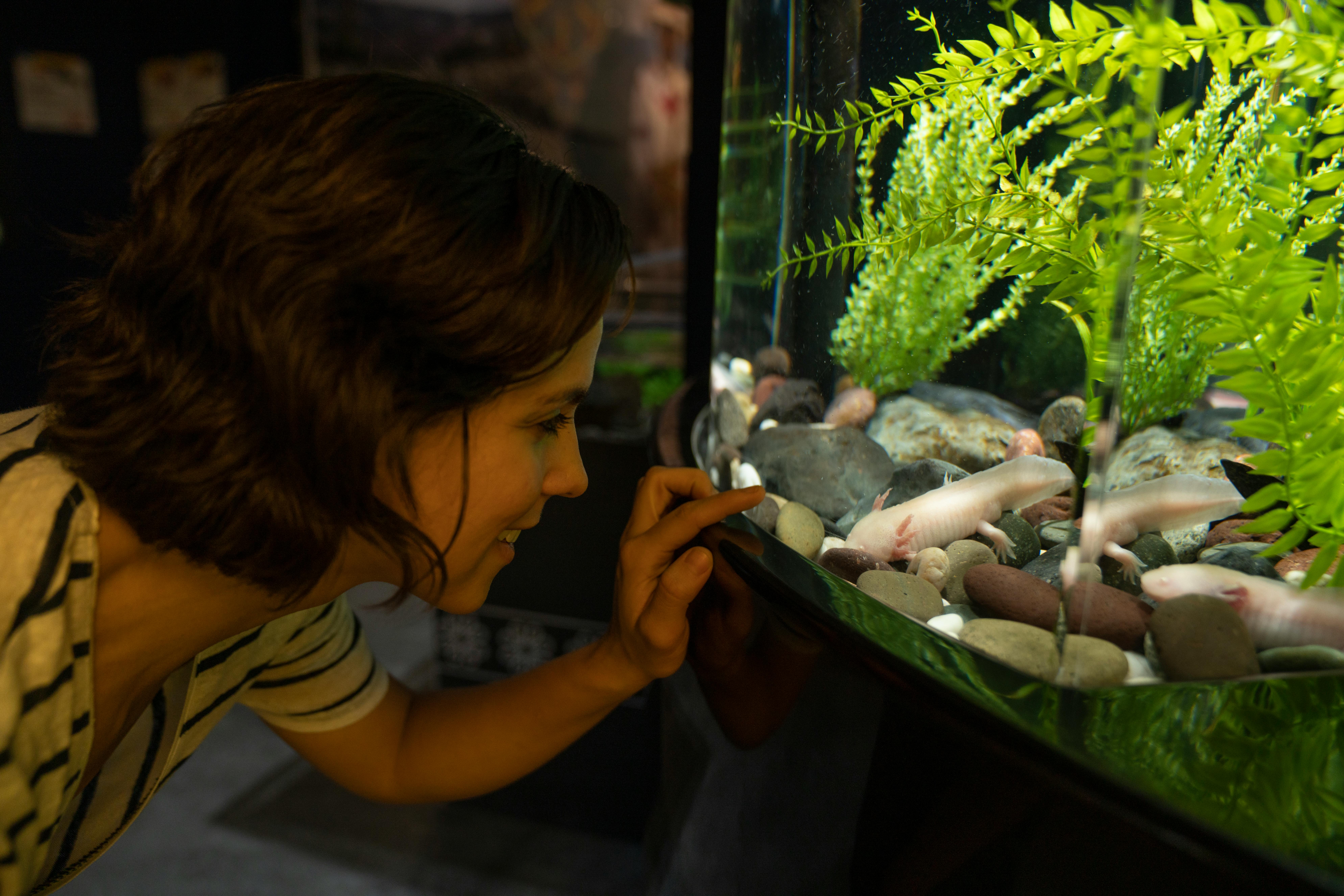
Humans have very limited regenerative capabilities. We can heal small cuts and regrow parts of our liver, but we cannot regenerate entire limbs or complex internal organs. However, the regenerative strategies used by axolotls may not be out of reach for human medicine. By understanding the signals and gene activity involved in axolotl healing, researchers are attempting to replicate similar responses in human cells.
For instance, scientists are exploring ways to stimulate human cells to revert to a more flexible, stem-like state using genetic or chemical cues. There are also efforts to mimic the axolotl’s immune regulation, aiming to reduce scarring and promote tissue repair in injuries like spinal cord damage or heart attacks.
In one line of research, scientists introduced genes from axolotls into human cells in laboratory settings. These human cells showed signs of increased plasticity and healing potential, although much more work is needed to translate these results into therapies. Still, it suggests that the fundamental processes of regeneration may be shared across species and simply dormant or suppressed in humans.
Regeneration Without Rejection
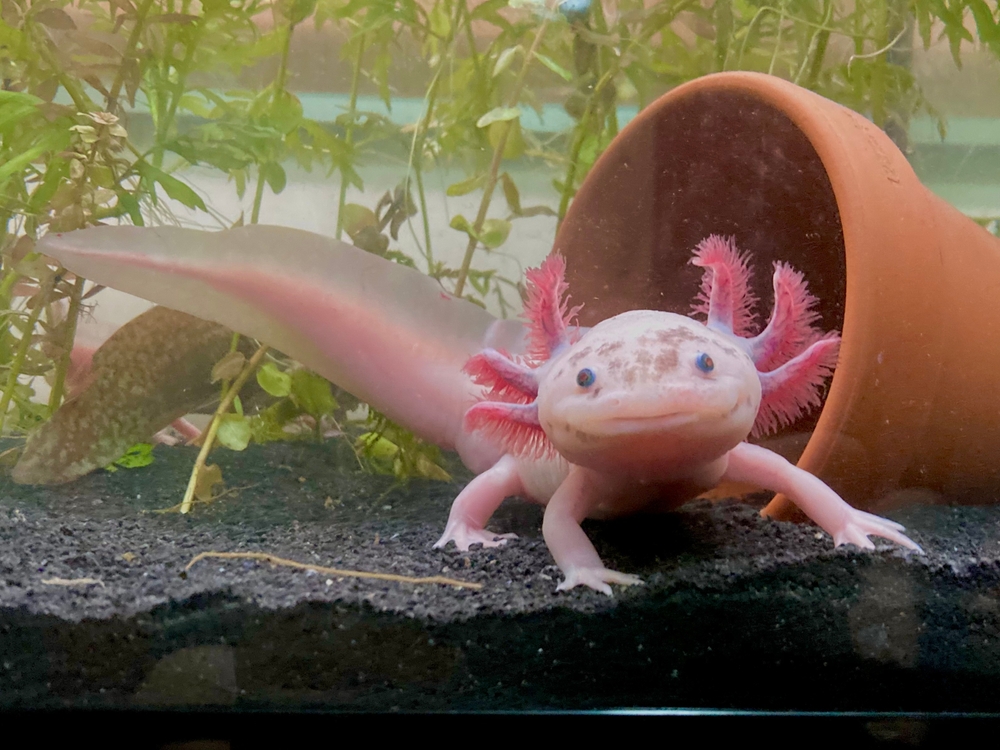
Another advantage axolotls offer is their ability to regenerate tissue without the body rejecting it. When axolotls grow a new limb, their immune systems do not attack the new tissue as foreign. This is a critical consideration for human medicine, especially in cases of organ transplantation and prosthetic integration.
If scientists can learn how axolotls prevent immune rejection during regeneration, this knowledge could lead to treatments that help human bodies accept transplanted tissues or even lab-grown organs. The goal is to promote true biological integration rather than relying on mechanical or chemical suppression of the immune system.
The Role of Epigenetics

Epigenetics refers to changes in gene activity that do not involve altering the DNA sequence itself. Axolotls appear to use epigenetic mechanisms extensively during regeneration. Specific chemical markers are added or removed from DNA to turn certain genes on or off at the right time.
Understanding these epigenetic patterns could help scientists learn how to activate regeneration-related genes in human cells. If human epigenetics can be adjusted to resemble those seen in axolotls, it may be possible to encourage human tissue to behave in a regenerative way, potentially allowing for limb regrowth in the future.
Read More: The Most Groundbreaking Scientific Discoveries of the Past Ten Years
Challenges in Translating Axolotl Biology to Humans
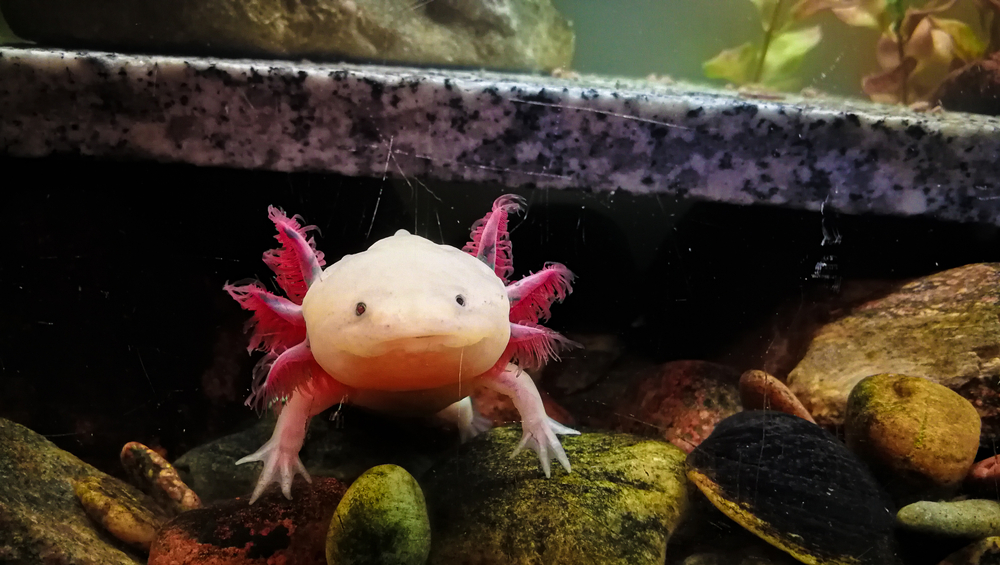
Despite the promise, significant challenges remain. Humans are far more complex than axolotls in terms of body structure and immune response. The size and function of our limbs, as well as our circulatory and nervous systems, present unique obstacles.
Moreover, inducing human cells to revert to a regenerative state carries the risk of cancer or uncontrolled growth. Ensuring that regenerated tissues grow in the correct shape and connect properly to nerves and blood vessels is another technical hurdle.
There are also ethical considerations, especially when dealing with genetic editing or stem cell manipulation. Any therapy based on axolotl biology would need to be thoroughly tested for safety and long-term effects.
Advances in Bio-engineering and Regenerative Medicine
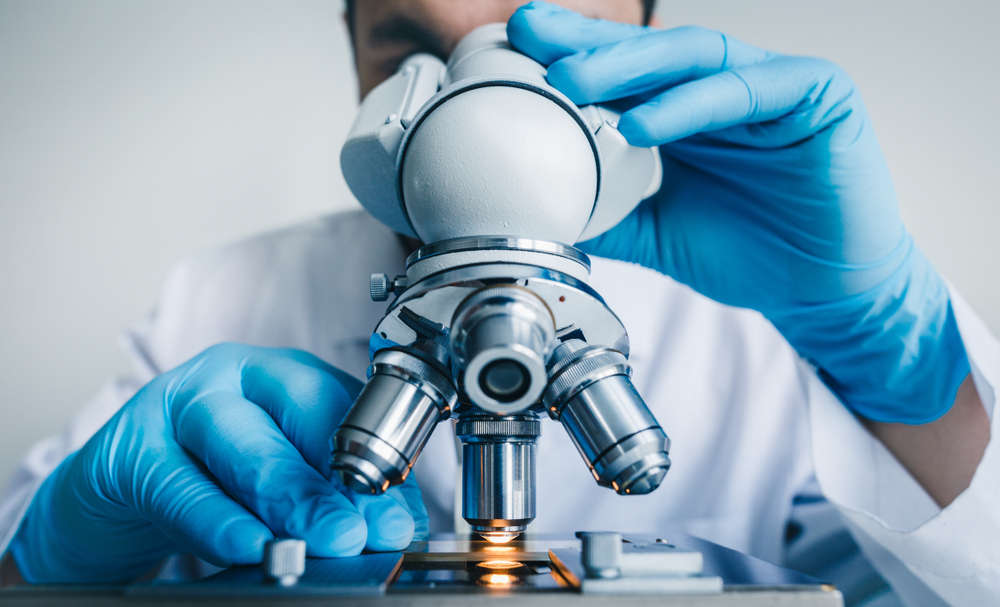
Bio-engineering is another area benefiting from the study of axolotl regeneration. Scientists are developing bio-scaffolds, 3D-printed structures that mimic the extracellular environment needed for cell growth. These scaffolds can be combined with stem cells and growth factors to create tissue that mimics natural regeneration.
In some studies, bio-engineers are trying to create blastema-like environments in the lab. By simulating the biochemical and mechanical signals found in axolotls, researchers hope to trick human tissues into initiating similar regenerative responses. This approach could eventually lead to partial or full limb regeneration in humans.
Future Possibilities
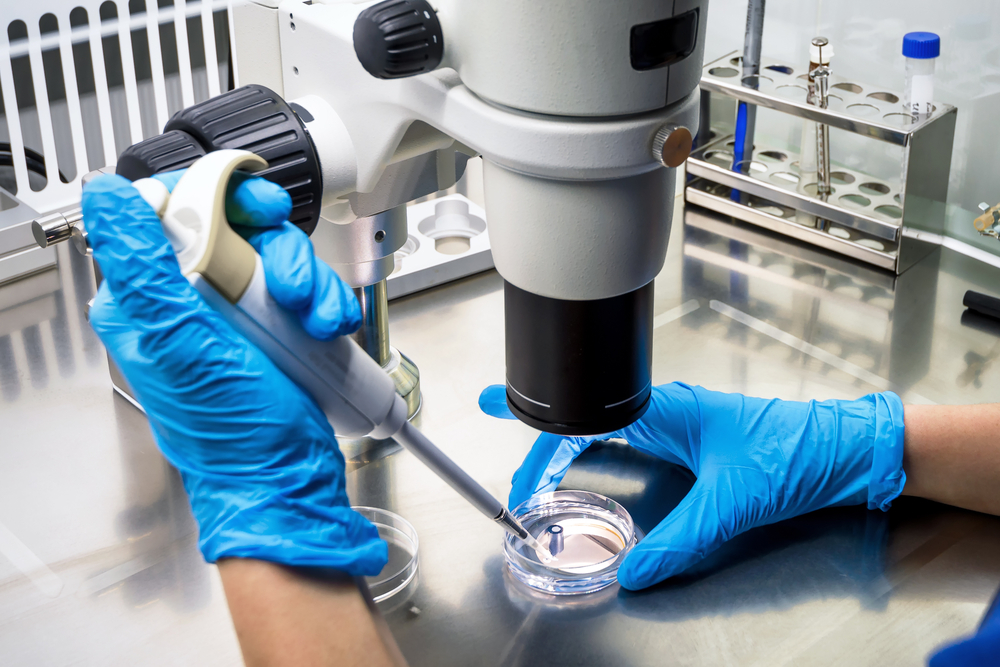
If the secrets of axolotl healing can be fully decoded, the implications are enormous. Soldiers who lose limbs in combat, children born with limb differences, or individuals who suffer severe accidents could one day benefit from regenerative treatments. Burn victims could regrow skin without scarring, and people with spinal cord injuries might regain movement and sensation.
In the long term, understanding how regeneration works at the molecular and cellular level could transform how we treat a wide range of conditions, from heart disease to neurodegenerative disorders. Rather than replacing damaged tissue with artificial parts, we could grow new ones from the patient’s own cells.
Read More: Some people ‘genetically wired’ to avoid some vegetables
Conclusion
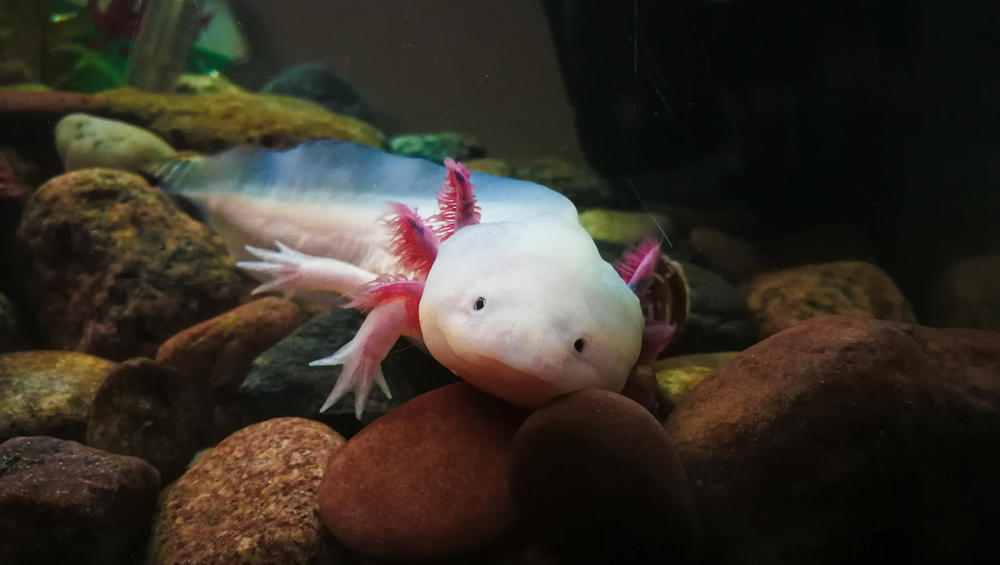
The axolotl holds astonishing potential for the future of regenerative medicine. Its natural ability to regrow limbs and repair major organs offers a biological roadmap that scientists are only beginning to understand. With continued research into the genetic, epigenetic, and immunological mechanisms behind axolotl healing, we may one day unlock similar capabilities in humans.
While challenges remain, the idea that limb regeneration could move from science fiction to medical reality is no longer far-fetched. The axolotl may be a small amphibian, but its biology could hold the key to some of the most transformative medical breakthroughs of the century.
Disclaimer: This article was created with AI assistance and edited by a human for accuracy and clarity
